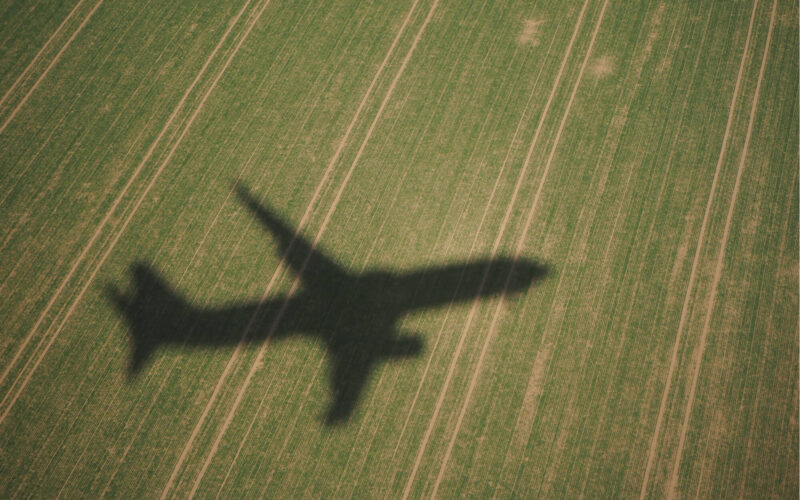Global airlines have signed a pledge to achieve net-zero carbon emissions by 2050, admitting it will be a huge challenge given expected increases in passenger numbers.
Carbon offsetting, sustainable aviation fuels and new technologies are all on the agenda as the airline industry seeks to do its part to halt climate change.
Members of the International Air Transport Association (IATA), which represents 290 airlines, agreed to the resolution at their annual general meeting in Boston on October 4, 2021. IATA said the pledge aligns airlines with the Paris Agreement goal for global warming not to exceed 1.5°C.
Some Chinese airlines, Including China Southern and China Eastern, had raised objections to the proposal, requesting that the deadline be changed to 2060.
IATA director general Willie Walsh said the debate was a sign of how tough the challenge was.
“We know it’s going to be difficult. The debate at the AGM and at board of governors prior to the vote demonstrates that it’s a challenging task for the industry to achieve,” he said in an online statement.
IATA explained that the net zero commitment implies that a cumulative total of 21.2 gigatons of carbon will be abated between now and 2050. In 2050 alone, when 10 billion people are expected to fly, at least 1.8 gigatons of carbon will need to be abated.
To achieve that goal, the industry is turning to various methods.
Carbon offsetting projects have been met by skepticism as to their effectiveness and value, especially with airline passengers rarely volunteering to pay for offsetting when booking airline tickets. Walsh defended such schemes, saying they were needed in the short-term and that the aviation industry was using systems approved by the United Nations.
SUSTAINABLE FUELS?
Many airlines have signed up to purchase sustainable aviation fuels (SAF), which Walsh said can have a carbon footprint of up to 80% lower than traditional kerosene. However, such fuels remain available only in limited quantities.
IATA estimates that SAF production will reach 7.9 billion liters in 2025, equivalent to just 2% of the airline industry’s total fuel requirement.
That will rise to 229 billion liters in 2040, or 39% of requirements, before reaching 449 billion liters in 2050, still only two-thirds of total fuel requirements, IATA estimates.
“We want to see high volumes of sustainable aviation fuel being made available,” Walsh commented. “The technology exists. What we have to do is translate that fantastic technology into something that is commercially viable at prices that the airline industry can afford.
Looking ahead, there are hopes for new propulsion systems, such as hydrogen-powered aircraft, or ”some other system we haven’t even dreamed of yet,” Walsh noted.
What is crucial, IATA head Walsh said, is for everyone to pull together and play a role. Whether that is the makers of engines and air frames, air traffic control providers, fuel suppliers or governments.
“We need everyone to play their part,” Walsh said.“This can’t be left just to the airline industry,”

